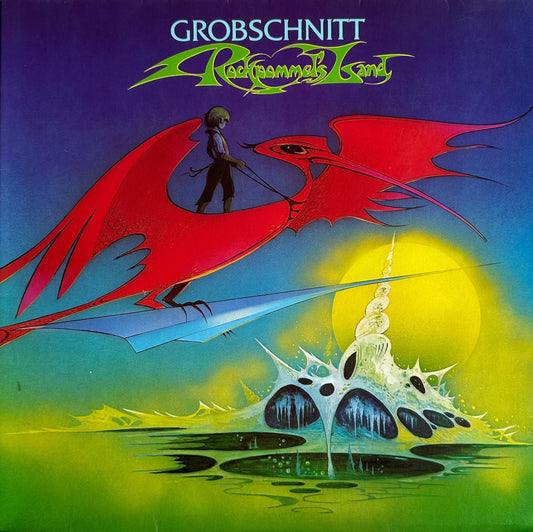You’ve likely just settled in for a late-night session—dim lights, a record queued, maybe even a drink in hand. You press play and it sounds... clean. Balanced, even. But still, something might not quite land. The treble may have edge, but perhaps not finesse. Bass might have depth, but possibly not weight. And then, maybe forty minutes later, you notice it. The image deepens. The top end softens. The voice doesn’t just come forward—it inhabits the space. Nothing’s changed—except time.
You’ve likely just experienced your system warming into full voice.
What to Do
Try this experiment: power up your system at least 30 to 60 minutes before a serious listen. Not to “get technical”—just to hear. Class A gear, tubes, analog stages, even some DACs might take longer than you'd expect. If your components have standby modes, use them—but know that “standby” may only wake part of the circuit. Some designs need active signal flow. Others benefit from always-on power, assuming your electric bill (and conscience) can support it.
Learn your gear’s behavior. Each piece has its own warm-up curve. What you’re listening for isn’t a spec—it’s the bloom.
Here’s Why That Works
Electronic components shift character as they reach thermal equilibrium. Bias settles. Capacitors stabilize. Tubes find their sweet spot. Even solid-state designs benefit: resistors drift into range, and clocks in DACs settle into timing stability. Before that moment, voices may feel etched. Afterward? They just feel present.
Warm-up isn’t about chasing perfection. It’s about giving your system the chance to stop sounding like gear—and start sounding like music.



